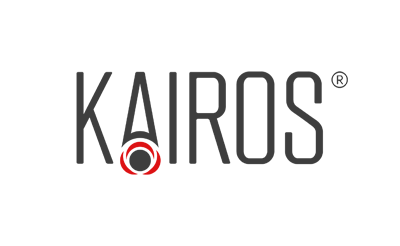The issues of determining the correct waste code can be dizzying, especially as a lot of misunderstandings of various kinds have grown up around them.
The waste catalogue can be found in regulation of the Ministry of Climate of 2 January 2020 Dz.U. 2020 item 10.
Waste codes are divided into:
- groups,
- subgroups
- types
The catalogue classifies waste codes according to how they are produced. Hazardous waste (marked with *) is also indicated.
The most important thing to remember is that the obligation to determine the correct waste code lies with the waste generator and depends on how the waste is produced.
For example: Stefan has a plastic chair broken. Stefan will dispose of the chair under the code 20 01 39 - Plastics.
How should this be understood?
20 01 is the subgroup 'Segregated and separately collected municipal waste', 39 is the type of waste in this subgroup.
The same chair will be disposed of under a different code if it is damaged in the factory where it was made - e.g. 07 02 13 - Plastic wastes
07 02 - is a subgroup describing 'Wastes from the manufacture, formulation, marketing and use of plastics and synthetic rubbers and fibres'.
For this reason, it is safe to take a look at the waste catalogue and find the group that most closely describes the production process.
When considering a powder coating plant, you will be dealing with several waste codes, related to chemicals for surface preparation and waste powder paints.
Let's start with powder coatings - here the choice of waste code will be simpler.
Used powders can be classified in the subgroup
08 02 - Waste from the manufacture, preparation, marketing and use of other coatings (including ceramic materials).
The specific waste code that comes to mind is 08 02 01 - Coating powders wastes.
In the case of baths for surface preparation, the most appropriate subgroup will be the
11 01 - Wastes from the treatment and coating of metals and other materials (e.g. electroplating processes, galvanising, etching, phosphatising, alkaline degreasing, anodising).
As the waste will contain, among other things, foreign oil washed off the details it will be necessary to look at the waste codes with * - i.e. hazardous.
And here are some codes that could fit:
- 11 01 06* - Wastes containing acids other than those mentioned in 11 01 05
- 11 01 11* - Wash waters containing hazardous substances
- 11 01 13* - Degreasing wastes containing dangerous substances
- 11 01 08* - Phosphatising sludges and slurries
These are not, of course, all the types of waste that can be generated in the powder coating area, but the waste associated with reworked chemicals seems to cause the most concern for our customers.



